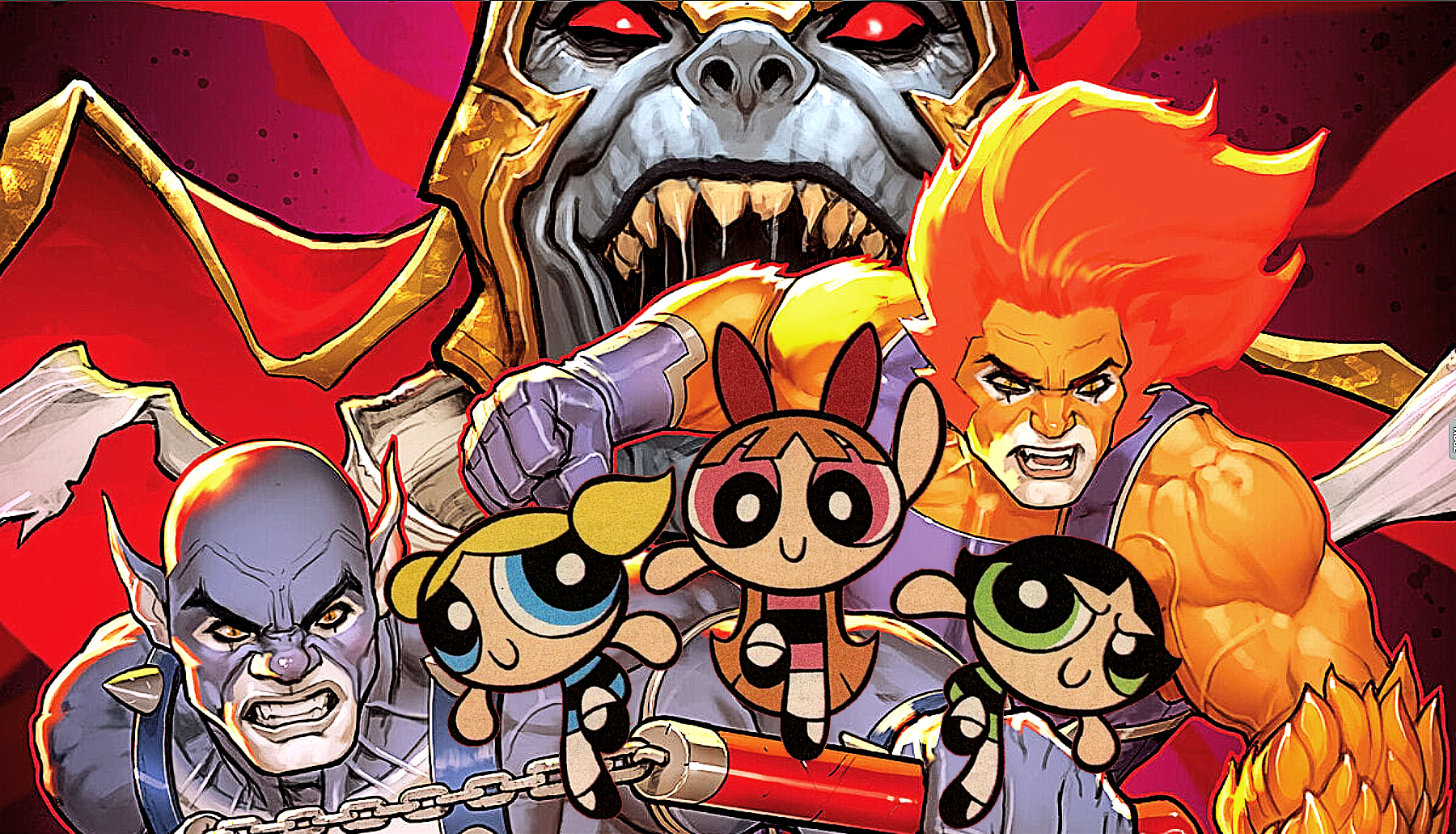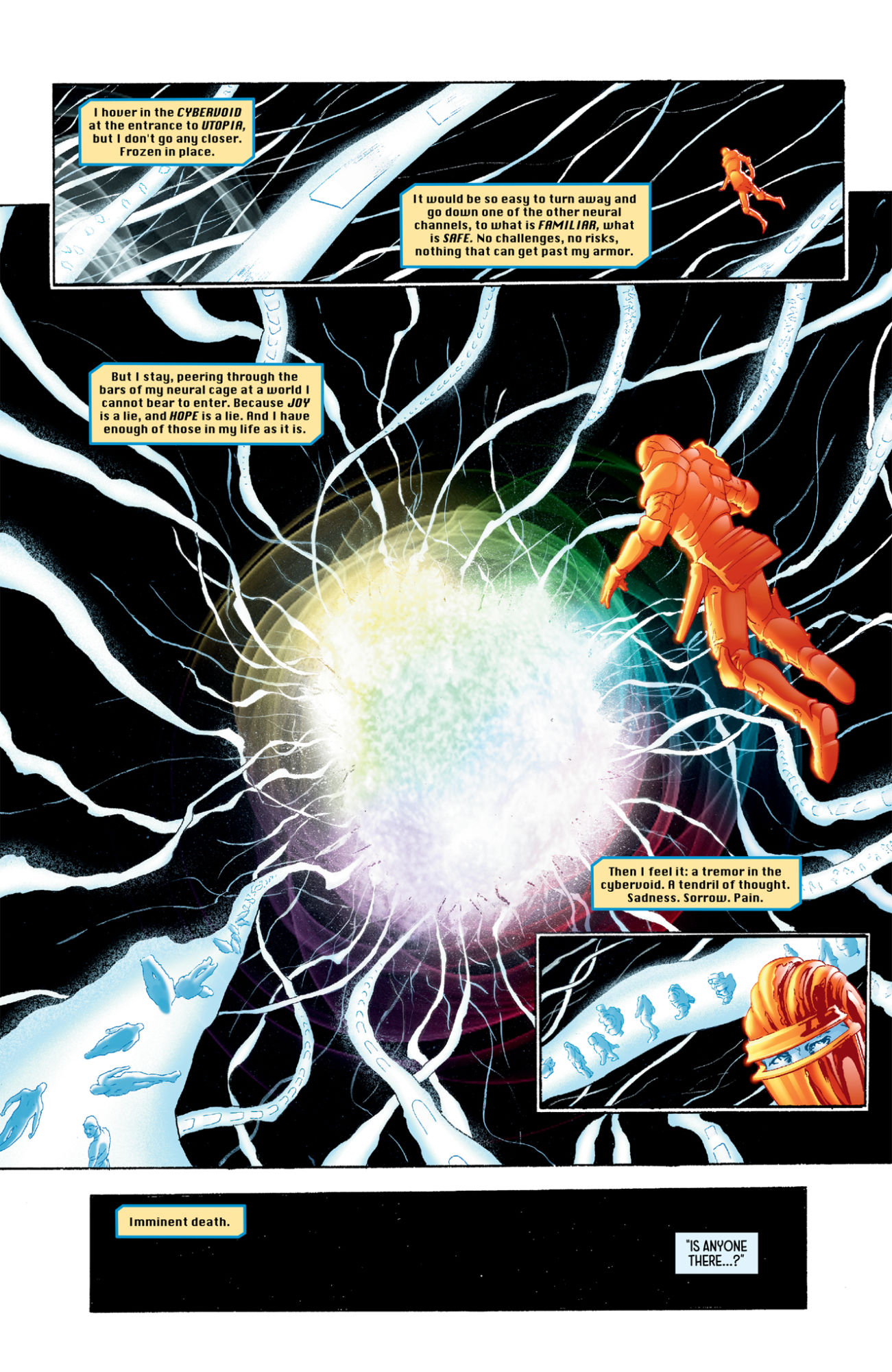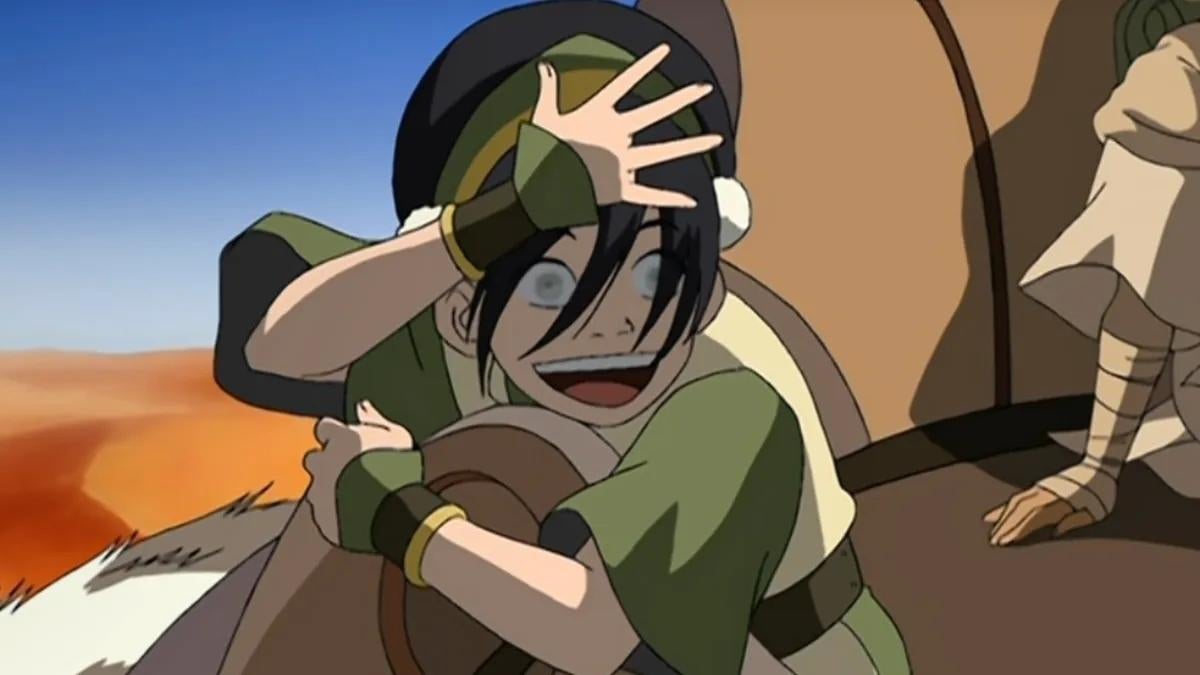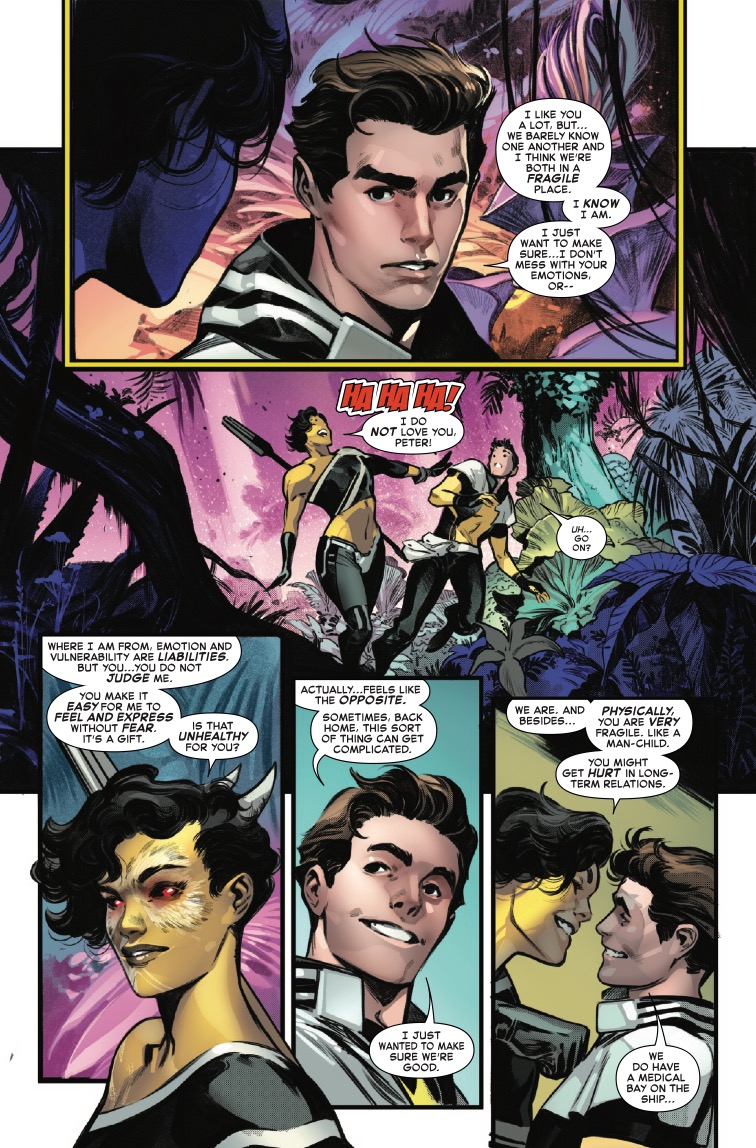According to Jim Shooter, former Marvel Comics Editor-in-Chief and one of the key figures behind establishing the crossover event as a staple of superhero comics, the crossover concept works best when it’s a large, multi-issue epic that stays true to continuity. In other words, crossovers need to be significant enough to have lasting consequences, and those consequences must resonate within the individual worlds of all the characters involved. For example, when Spider-Man received a new black costume in Marvel’s Secret Wars, that change was subsequently reflected in The Amazing Spider-Man series. Without this kind of integrated planning, Shooter has argued, crossover events risk being less about telling good stories and more about pulling off a blatant cash grab.
While crossovers have evolved so much since the days of Secret Wars, every now and then, one comes along that initially seems so antithetical to Shooter’s wisdom as to embody the “gimmick” story he so forcefully railed against. Yet, upon closer inspection, it ultimately proves to be so pleasantly off the wall that it bypasses the normal crossover logic. In other words, it goes from gimmick to good. No crossover event better illustrates this point than Dynamite Comics‘ recent ThunderCats/Powerpuff Girls joint operation.
The ThunderCats X The Powerpuff Girls is not A Match Made in Heaven

Paulina Ganucheau and Coleman Engle’s ThunderCats/The Powerpuff Girls starts with both sets of heroes in familiar territory: facing mortal danger. On Earth, Bubbles, Blossom, and Buttercup are fighting their archenemy, Mojo Jojo. Unfortunately, Mojo gets the upper hand and traps the Powerpuff Girls in a rocket, sending it through a wormhole into space.
The wormhole sends the girls to Third Earth, the home of the ThunderCats. There, they find the ThunderCats battling a strange magic that has transformed much of their team into monsters. Stranded and without their usual powers, the Powerpuff Girls team up with Lion-O and Snarf — the only ThunderCats to escape the magic curse — to rescue the rest of the team and, hopefully, find a way back to Earth.
While the story is about as basic as they come, the magic of the series lies in the unlikely match-up between the ThunderCats and the Powerpuff Girls — a crossover that by all logic should never work. First, there’s the clash of styles. Aside from the fact that both teams are made up of heroes, there’s little common ground between the science-fantasy world of the ThunderCats and the comedic, superhero-action vibe of the Powerpuff Girls.
Second, there’s the tonal gap. One is epic and serious; the other is lighthearted and humorous. The closest parallel between the casts might be WilyKit and WilyKat’s sibling dynamic with that of the Powerpuff Girls, but even that is a stretch. Finally, there’s Jim Shooter’s primary concern with crossover events: continuity. Neither the ThunderCats nor the Powerpuff Girls have much to contribute to each other’s established universes. In most cases, these kinds of differences would have sunk the project before it even began.
The ThunderCats and Powerpuff Girls Make Most of Their Differences
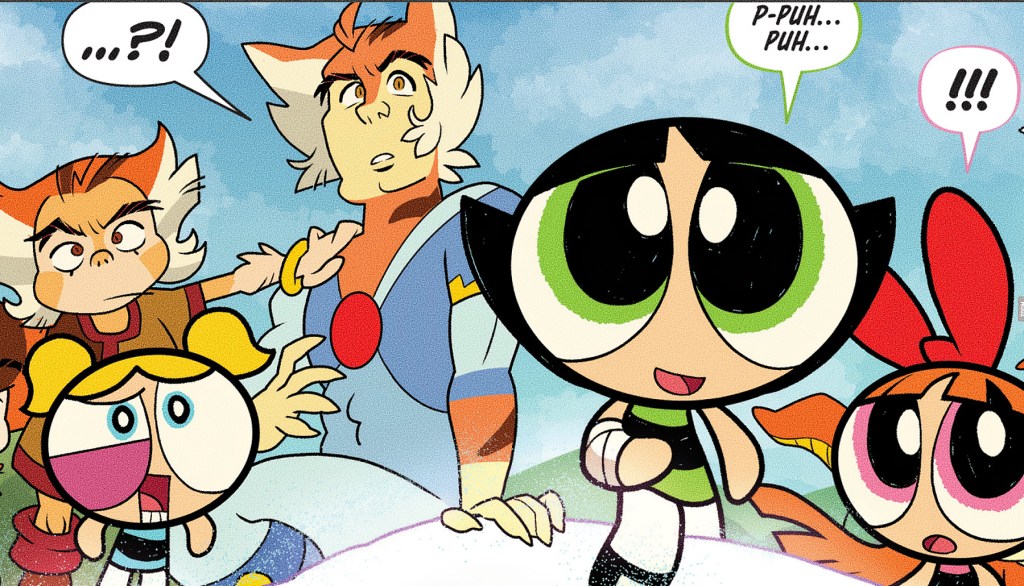
It’s actually the differences — and more precisely, what the creators do with those differences — that make ThunderCats/The Powerpuff Girls crossover so compelling. Instead of smoothing them out or ignoring them, the contrasts are highlighted and actively explored. The divergence between the two worlds becomes a central narrative element, opening the door to unique plot developments, unexpected character interactions, and even a touch of fan-service fun. Indeed, there’s something creatively delicious about blending the tropes of both stories in fresh, surprising ways.
The creative choices in the story create a compelling vibe. For instance, rather than muting or eliminating the saccharine-sweet cuteness of the Powerpuff Girls, it serves as a low-key source of tension with the more serious-minded Lion-O and especially with the ThunderCats’ uptight assistant, Saga. As such, the lovely, fourth wall-breaking Powerpuff Girls serve as the perfect foil to the melodramatically honorable ThunderCats. While this approach may be a bit highbrow, it gives an alternative yet humorously engaging perspective on both teams, so you won’t come away from this thinking about either team in the same way.
ThunderCats/Powerpuff Girls Prove Weird is Good Content – When Done Right
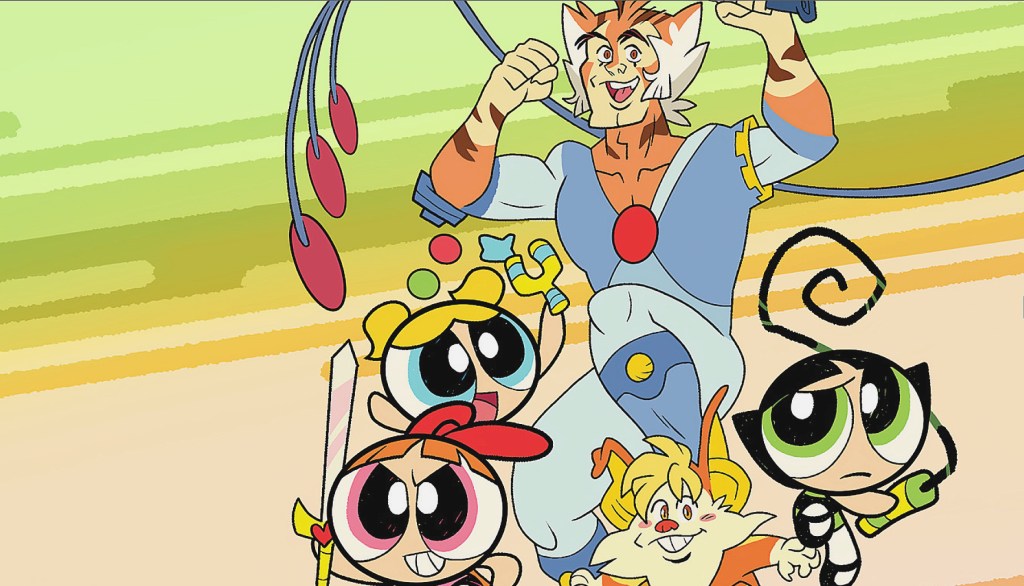
This is not the first time absurdist crossovers have proven their appeal. In 2020, IDW Publishing released the first of its My Little Pony/Transformers crossover series. Despite the obvious incongruity between the two franchises, both this series and its sequel were well-received and popular, thanks in large part to their wholehearted embrace of the absurdity.
Even earlier, in 1996, there was the truly bizarre Star Trek/X-Men crossover, in which the crew of the Enterprise teamed up with Professor X’s finest students to battle the Shi’ar. This unlikely pairing even spawned a follow-up: the 1998 one-shot Star Trek: The Next Generation/X-Men. While the two Star Trek/X-Men examples followed a more traditional crossover framework — where characters interact in ways that make narrative sense, compared to ThunderCats/Powerpuff Girls, the sheer oddness of the matchups was undeniable.
So while Jim Shooter’s rules still largely apply, that doesn’t mean they are unbreakable. ThunderCats/Powerpuff Girls as a crossover is important because it shows how to take the concept at face value and run with it. That is, it embraces the experimentation, nostalgia, and the joy of creating that is part of the crossover’s DNA. More importantly, it shows that the creators understand the style and lore of both stories but refrain from weakening their uniqueness to make them compatible with each other.

